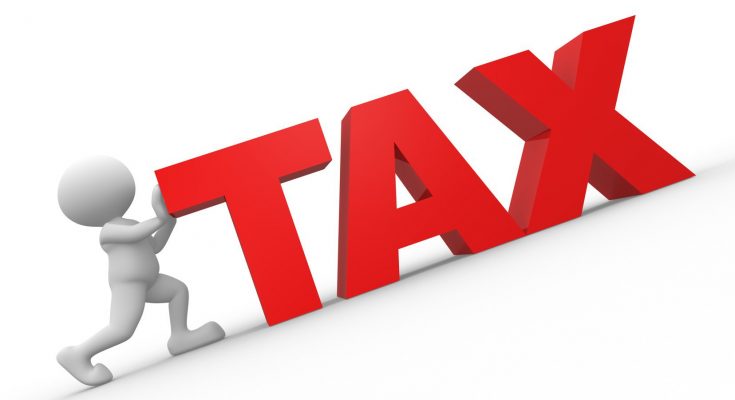Effects of 2019 Elections: Predicting the Economy’s Response in Nigeria
The stability of the country’s political environment is an essential element in determining and predicting the level of economic growth in a democratic economy. The traditional assumption in the political economy model is that opportunistic politicians have the tendency of manipulating economic policy around election times for political gain. The poor and largely uneducated electorate who are more likely to be susceptible to political manipulations dominate the process of electioneering in developing countries such as Nigeria. This piece analyses the changes in economic indicators caused by clearly exogenous changes resulting from the electioneering process (i.e. before, during and after the elections).
Do Election Cycles sway the Stock Market?
While it is well established that election cycles in Nigeria bring with it some level of political instability amongst and between rival parties, the dimension of this effect on the economy is unclear. In a review of stock market information, the following findings were emphasized:
- In a research study by Osamwonyi and Omorokunma (2017) on portfolio selection in the Nigeria Stock Exchange (NSE) during elections, the analysis established that while investors strived to minimize losses and maximize gains, market friction and instability during the 2003, 2007 and 2011 election periods instigated low returns performance; and election results negatively affected the relationship between risk and return behaviour of selected companies.
- In 2015, few months before the general elections, stock indices experienced more downtrends than uptrends and eventually culminated in an annual loss of -16.14 percent. In a similar report, the pre-2015 election year was characterized as a major-loss year for investors, a reoccurrence of a similar event in the pre-2011 election year. Investors lost about N3.23 trillion as at the end of 2014; a similar occurrence is tracked in the forthcoming 2019 elections: 2018 was marked by severe market losses.
- In Nigeria, evidence shows that trading activities on the stock markets tend to react sensitively to past presidential election results (i.e. 2011 and 2015 elections). Particularly, the outcome of the 2011 elections saw trading activities negatively responding 2 days prior to and till 4 days after the election (Osuala et al., 2017). Overall, in both election years, electioneering activities and outcomes do affect stock market in a certain direction, depending on both the winner as well as the anticipated economic and financial policies of the new administration.
- With respect to foreign investment in the stock market, a similar negative trend is seen with net foreign portfolio investment and All Share Index (ASI) generally dwindled towards the potential end of a presidential tenure: six months before another election is held.[1] The 2003, 2011 and 2015 elections showed the same trend and also showed a continued decline few months after the elections.
How much will the election cost the nation?
The need to win the hearts of electorates and to garner more votes via campaigns often push up government and contesting politicians’ spending in the months leading to the polls. The National Institute of Legislative Studies reports that, in 2015, more than $600 million was spent for an election that involved about 67 million voters – far more than obtainable in developed and bigger economies like Canada and the United Kingdom. The cost was not inclusive of undocumented individual costs incurred by politicians. The 2019 election is to cost about $669 million (N242 billion)[2], equivalent to the current running budget for capital projects in both health and education. In a country with over 70 percent of its populace living in poverty and an economy basked in excessive borrowings, the extensive spending is made at the expense of capital expenditure, provision of essential social infrastructure, and economic progression. The anomaly has become a norm in Nigeria and has also invalidated the cap on election campaign spending (N1 billion for presidential candidates and N200 million for governors) stated in the electoral act, 2010 as amended. Although election spending is absolutely necessary, the huge costs haunt the country post-election.
How have exchange rate, FDI, and external reserve fared during and after elections?
Presidential and general campaign periods are boom eras for the parallel foreign exchange market, and with huge dollar demands for political campaign activities, come the imminent pressure on the value of the naira. During most of the previous election periods, exchange rates were clearly seen to be adjusting to uncertainties surrounding the political environment. For the past four elections—1999, 2003, 2011, and 2015—the probability of having depreciating exchange rate was higher in the months preceding the elections, and sustained depreciation of the Naira was evident few months before, and in some cases, beyond the elections. In 2011, the exchange rate which averaged N153.98/$ six months to election rose to N157.1/$ in election month. Also, the Naira exchanged for N168.64/$ in the run-up to the 2015 election, and increased to N222.93 in election month. For the 2019 election, there are anticipated pressures on the stability of the Naira; however, the CBN is consciously dedicated to ensuring stability in the foreign exchange rate market.
In addition, foreign investors are often deterred during election periods, either in a risk-averse or risk avoidance posture. Their appetite for investments stall prior to elections and this reflects a mindset to gauge the outcome of the elections before further investment decisions are made. For example, Foreign Direction Investment (FDI) flows to Nigeria fell significantly to $73 million one month to the 2007 elections, from $460 million the previous month. Although 2007 marked a transition-government year the falling FDI trend was no different in the month leading up to both the 2011 and 2015 elections. However, there were increases in FDI some months after the stated elections - a possible signal of return of investors’ confidence – at the backdrop of a plausible die-down of political uncertainties. The electioneering period have also injected a dose of precariousness into the value of external reserves. Rather than accrete sustainably, the reserve dwindled during some of the periods and showcased a possible instability in net inflows. Before the 1999,2011 and 2015 elections, the reserves shed some dollars just prior to the election months respectively. For instance, from $8.2 billion five months to the 1999 election to $6.3 billion in the election month, and a significant fall in 2015 from $36.3 billion in the fifth month leading to the general election, to $29.4 billion as at the election month. The trends signify what seem to be capital outflows amid impact of other external factors, and alleged speculations that the reserve was used to fund election campaigns. A similar reserve downtrend is being noticed in run-up months to the 2019 election.
Conclusion
The analysis shows that the electioneering period brings with it not only uncertainty but also significant changes in economic activities. From stock markets to investors’ behaviours the election process and outcomes become determining factors to where people put their money and what they spend it on. This raises the question of what should be the economic policy focus of either the incumbent or incoming government in Nigeria. Given that Nigeria is still recovering from recession and recently ranked with high incidence of poverty, it is expected that the state of the economy should be of upmost priority to policy makers and government officials.
In our forthcoming policy brief we present the economic priorities that the new government needs to focus on. Look forward to it!
[1] http://www.adsrng.com/monthly-bulletin/
[2] https://www.thisdaylive.com/index.php/2018/10/17/finally-nassembly-approves-inecs-n242bn-election-budget/


 English
English
 Arab
Arab
 Deutsch
Deutsch
 Português
Português
 China
China
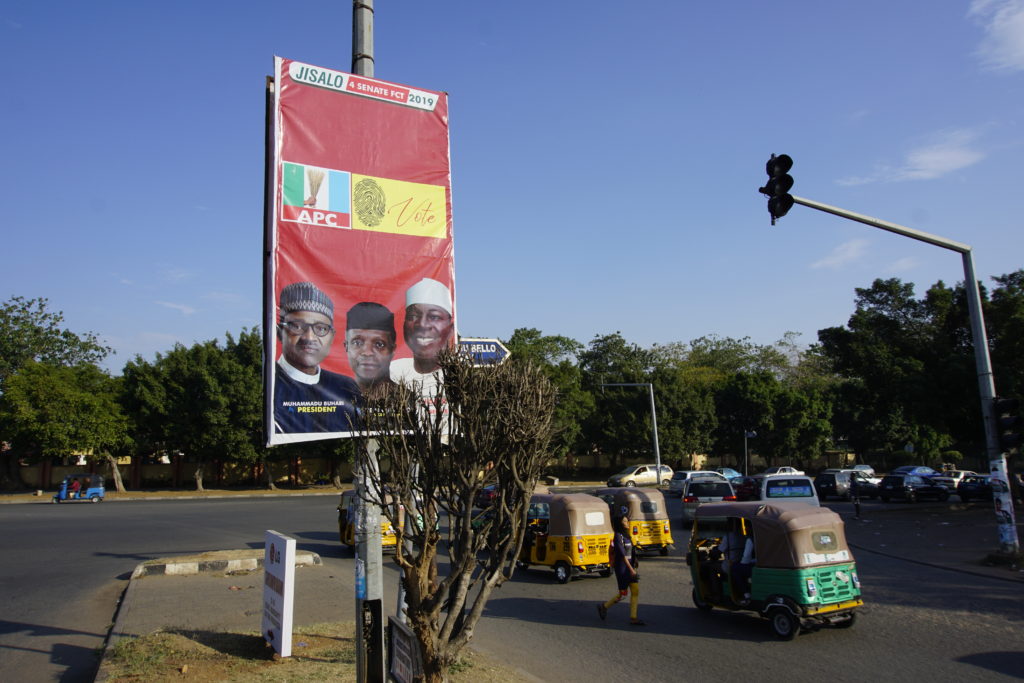
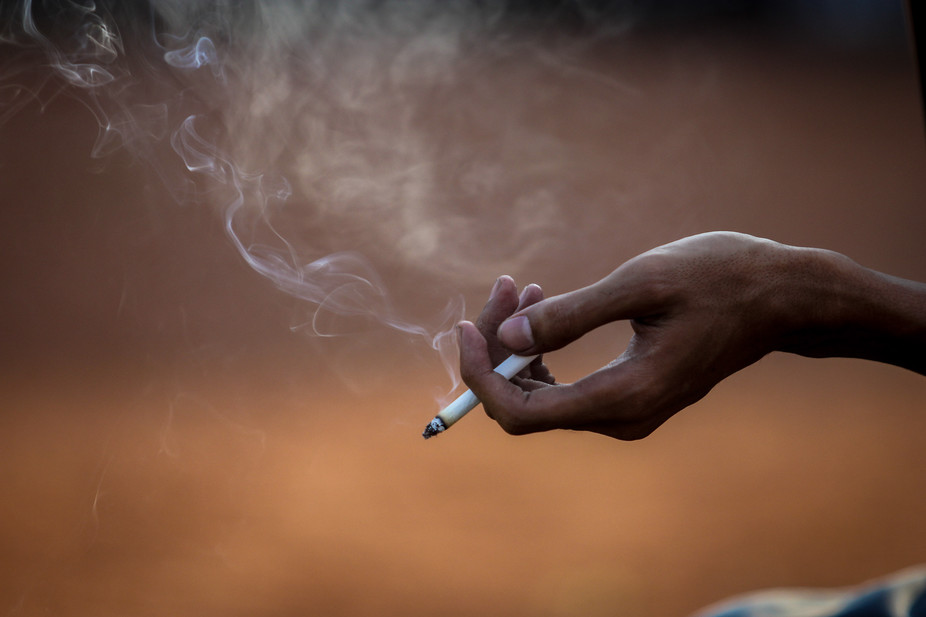
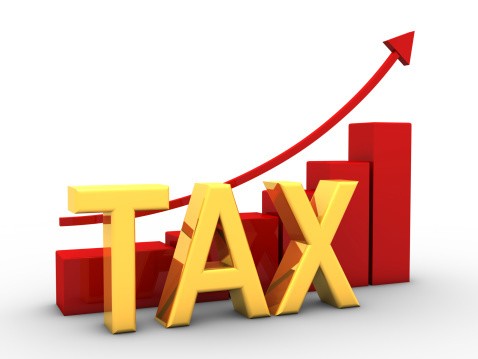

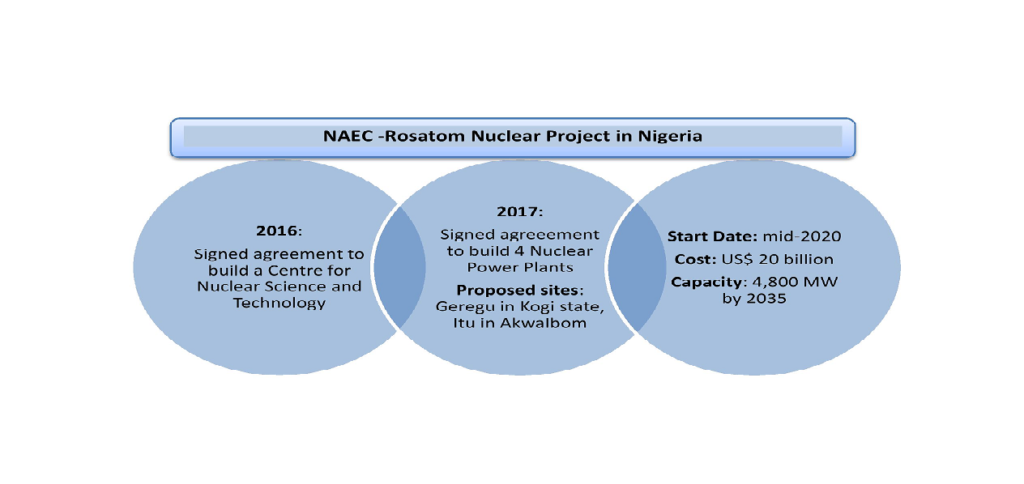 In light of the nuclear power development, two key questions call for objective analysis:
In light of the nuclear power development, two key questions call for objective analysis:
